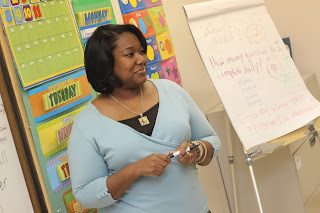twelfth night by william shakespeare

WILLIAM SHAKESPEARE: TWELFTH NIGHT AUTHOR’S BACKGROUND William Shakespeare was born in 1564 at Stratford-on-Avon to John and Mary Shakespeare. He was educated at the free grammar school, Stratford, and got married to Anne Hathaway in 1582. Around 1585, Shakespeare moved his family to London to settle. It is conjectured that he was a schoolmaster at Stratford, but when he got to London he worked in some subordinate capacity in one of the two existing theaters in London (the Theater and the Curtain). By 1592, William Shakespeare had become an actor and a playwright. Before he abandoned dramatic composition, Shakespeare had written thirty-seven plays and one hundred and sixty sonnet and poems. He left London in 1611 for Stratford where he had built an estate and permanently settled until his death in 1616. It has been remarked that ‘William Shakespeare is indisputably the greatest dramatist and poet that England, and pr...

